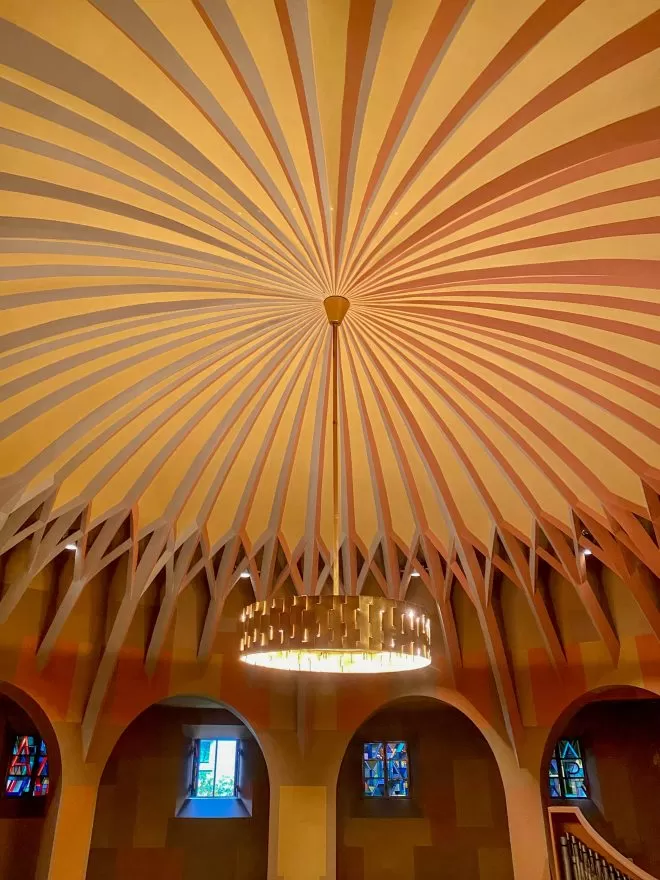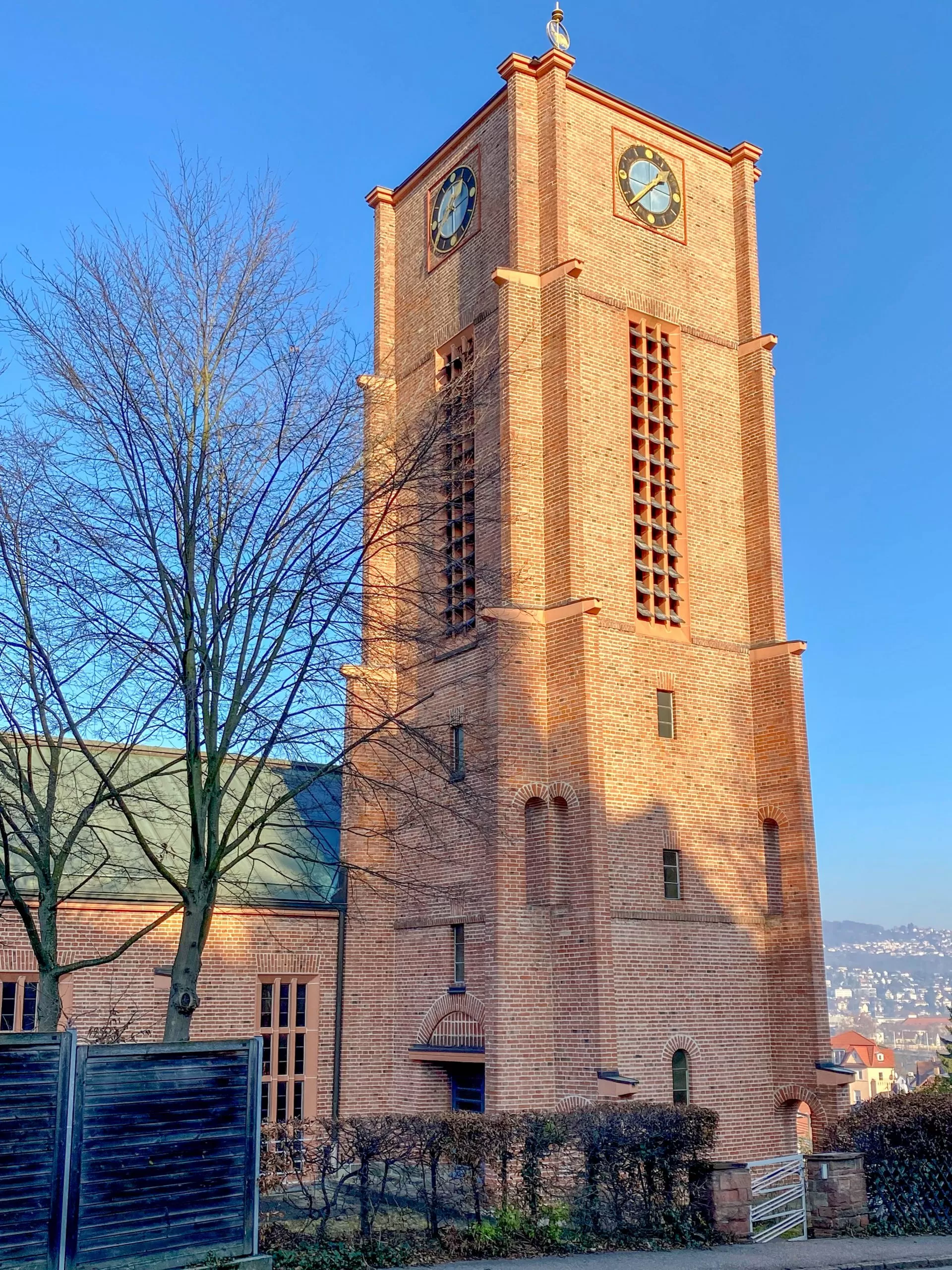
Südkirche, 1925-1926. Architect: Martin Elsaesser. Photo: Daniela Christmann
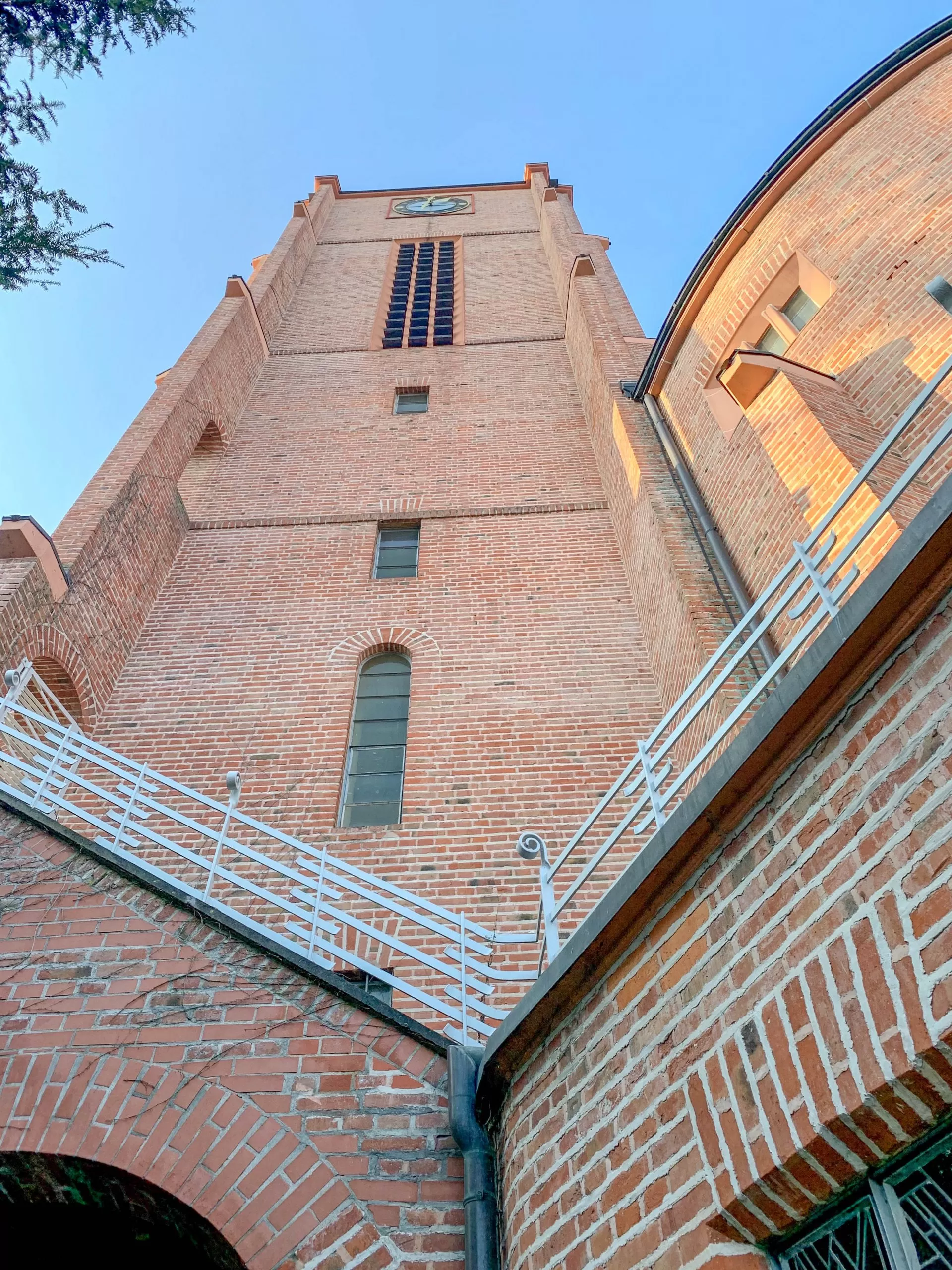
Südkirche, 1925-1926. Architect: Martin Elsaesser. Photo: Daniela Christmann
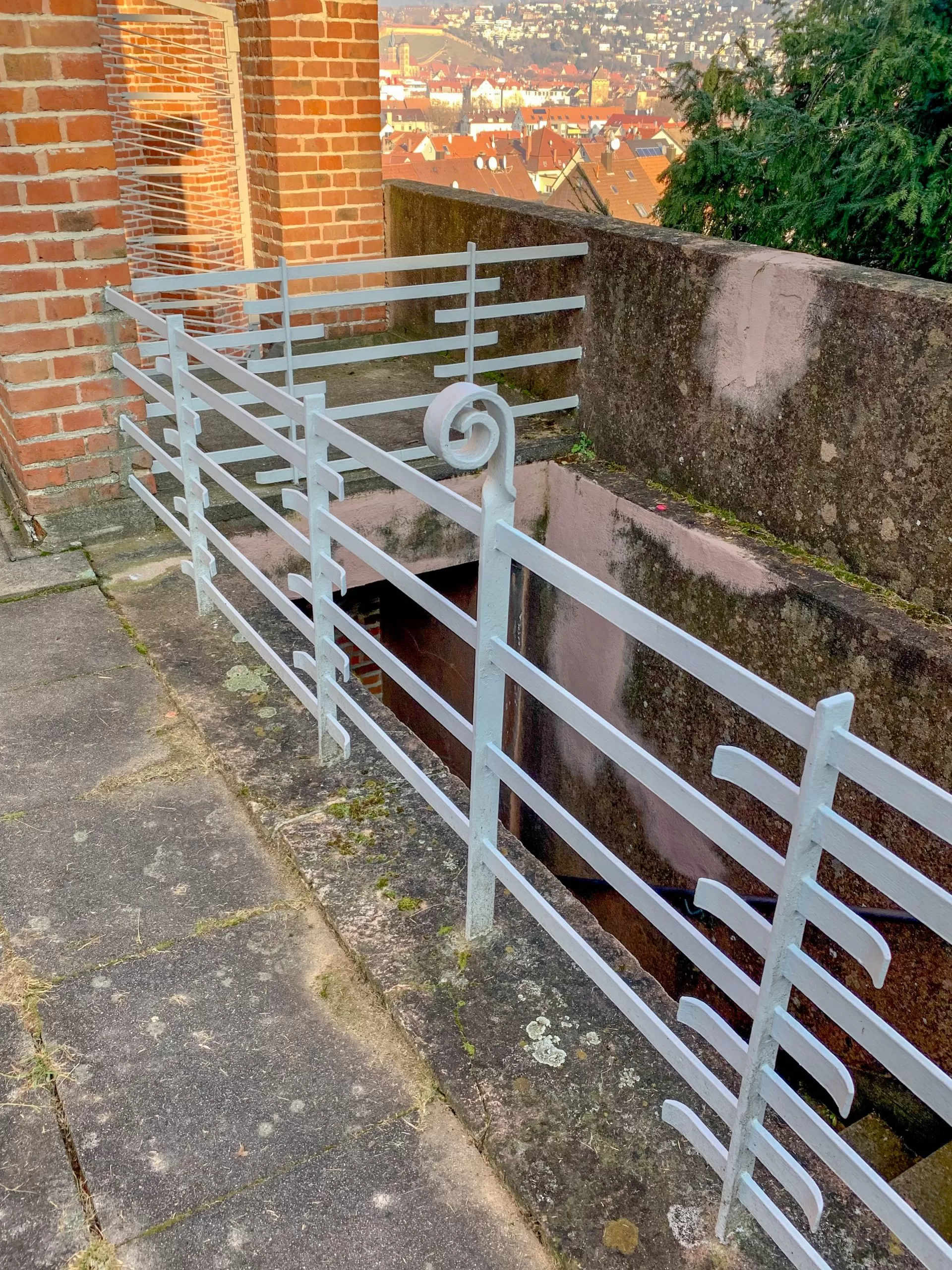
Südkirche, 1925-1926. Architect: Martin Elsaesser. Photo: Daniela Christmann
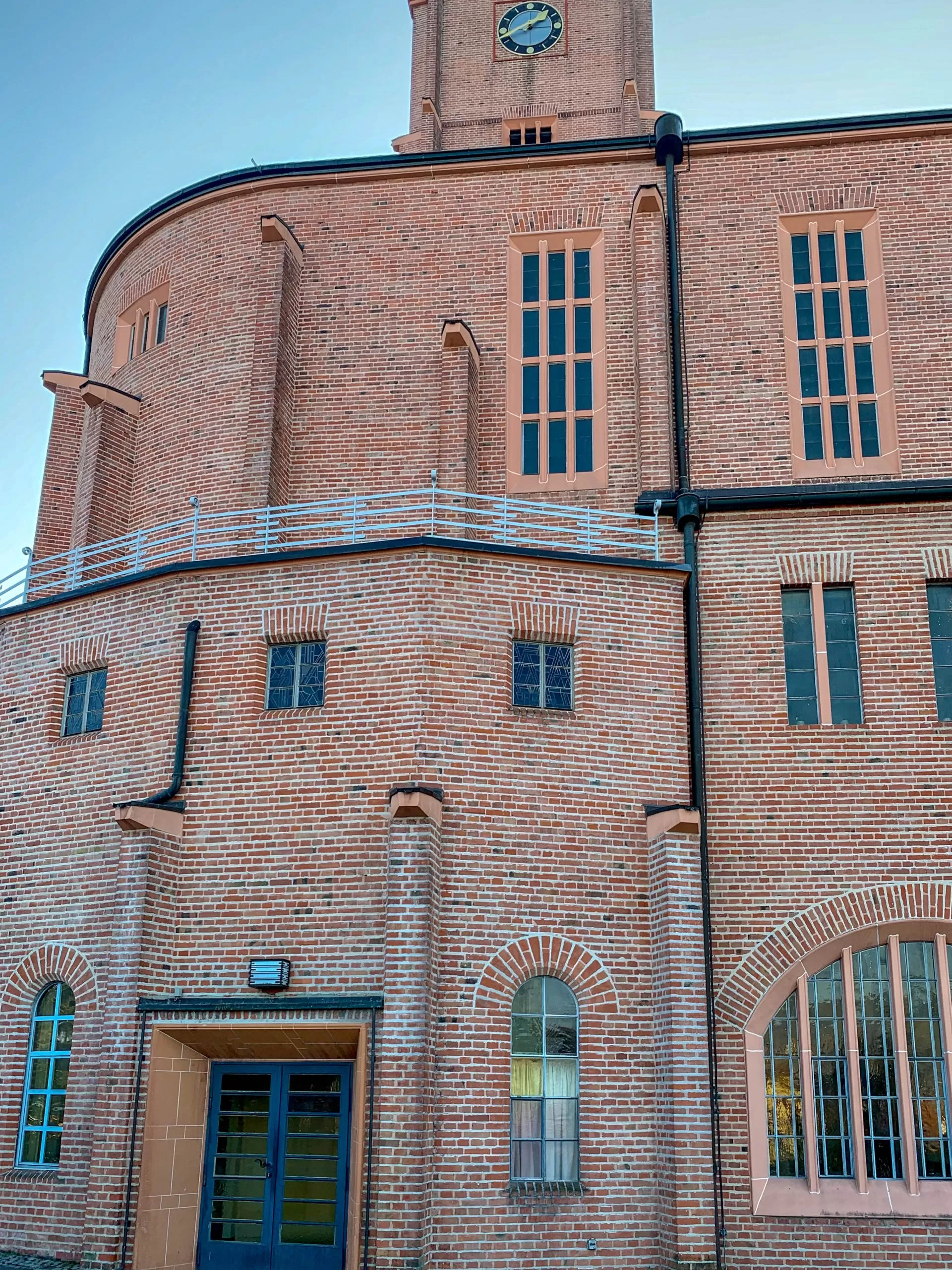
Südkirche, 1925-1926. Architect: Martin Elsaesser. Photo: Daniela Christmann
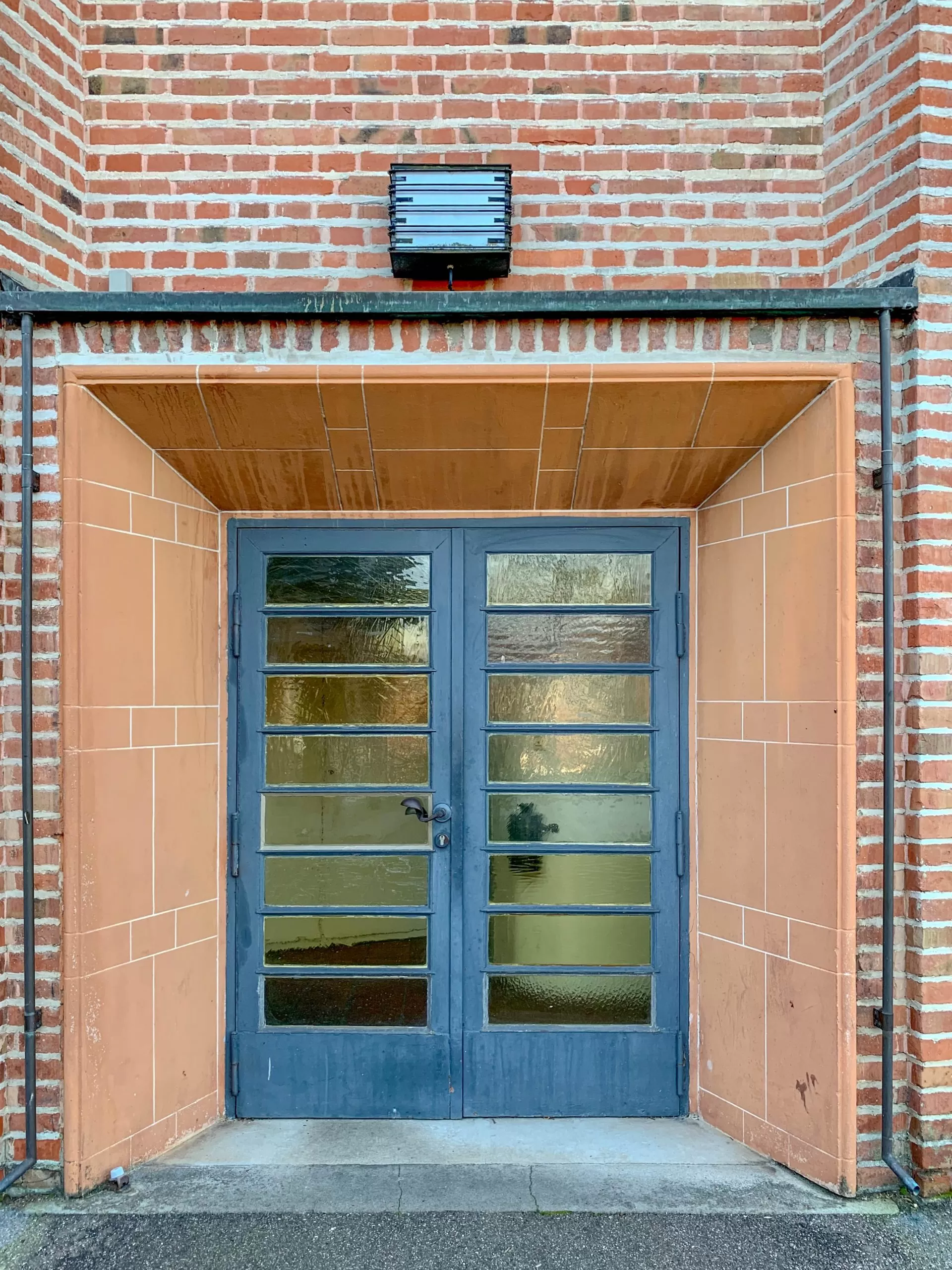
Südkirche, 1925-1926. Architect: Martin Elsaesser. Photo: Daniela Christmann
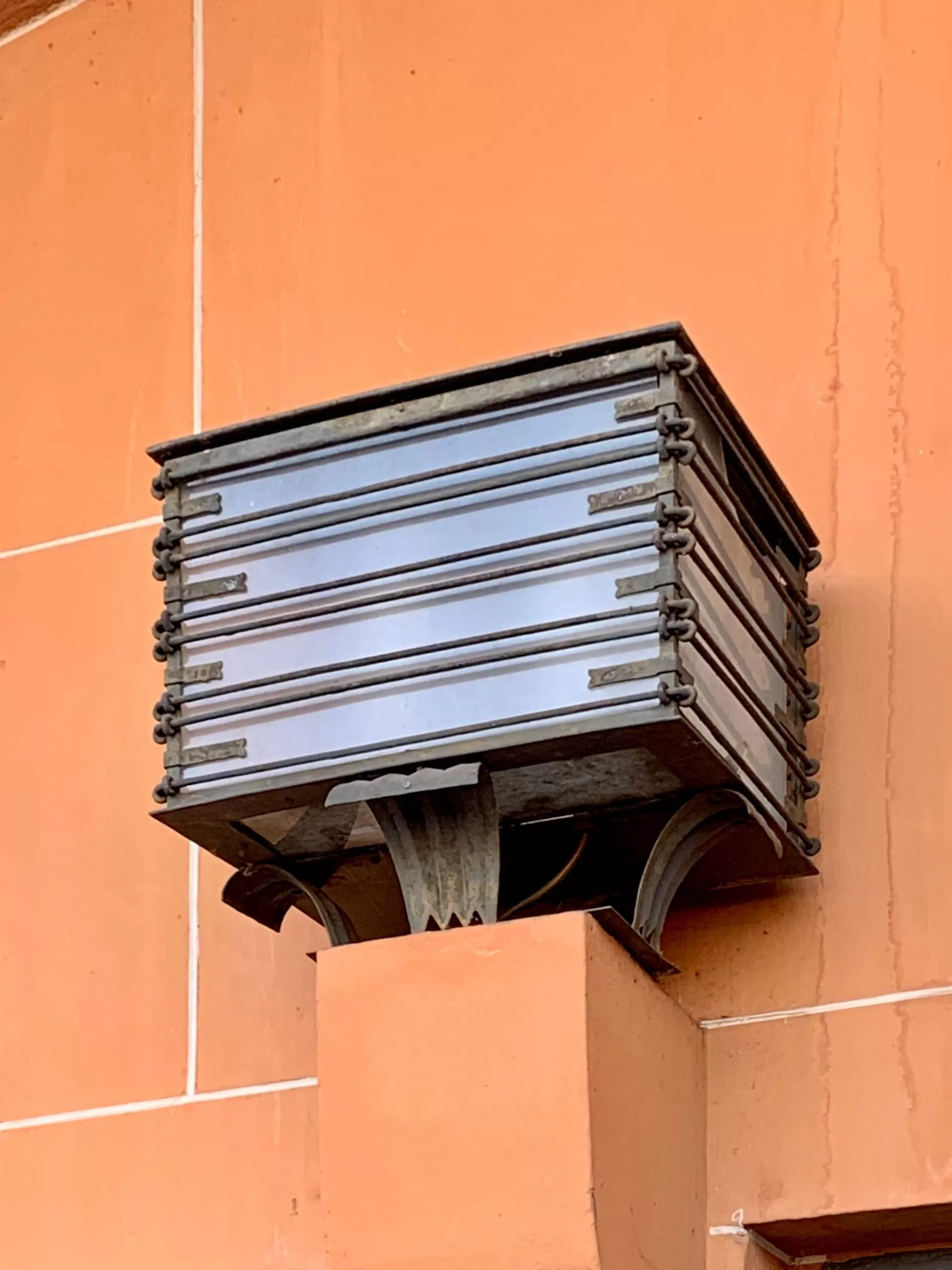
Südkirche, 1925-1926. Architect: Martin Elsaesser. Photo: Daniela Christmann
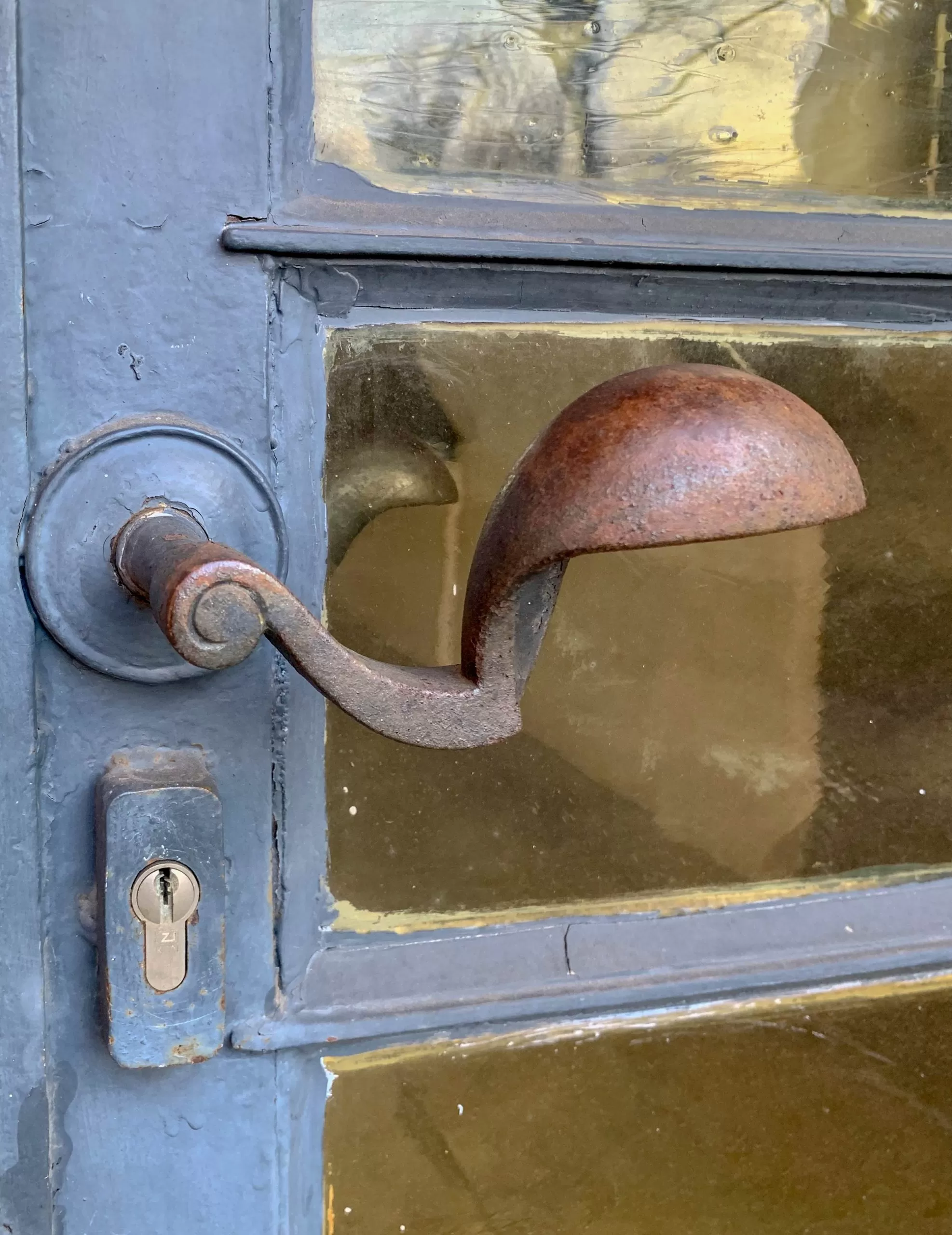
Südkirche, 1925-1926. Architect: Martin Elsaesser. Photo: Daniela Christmann
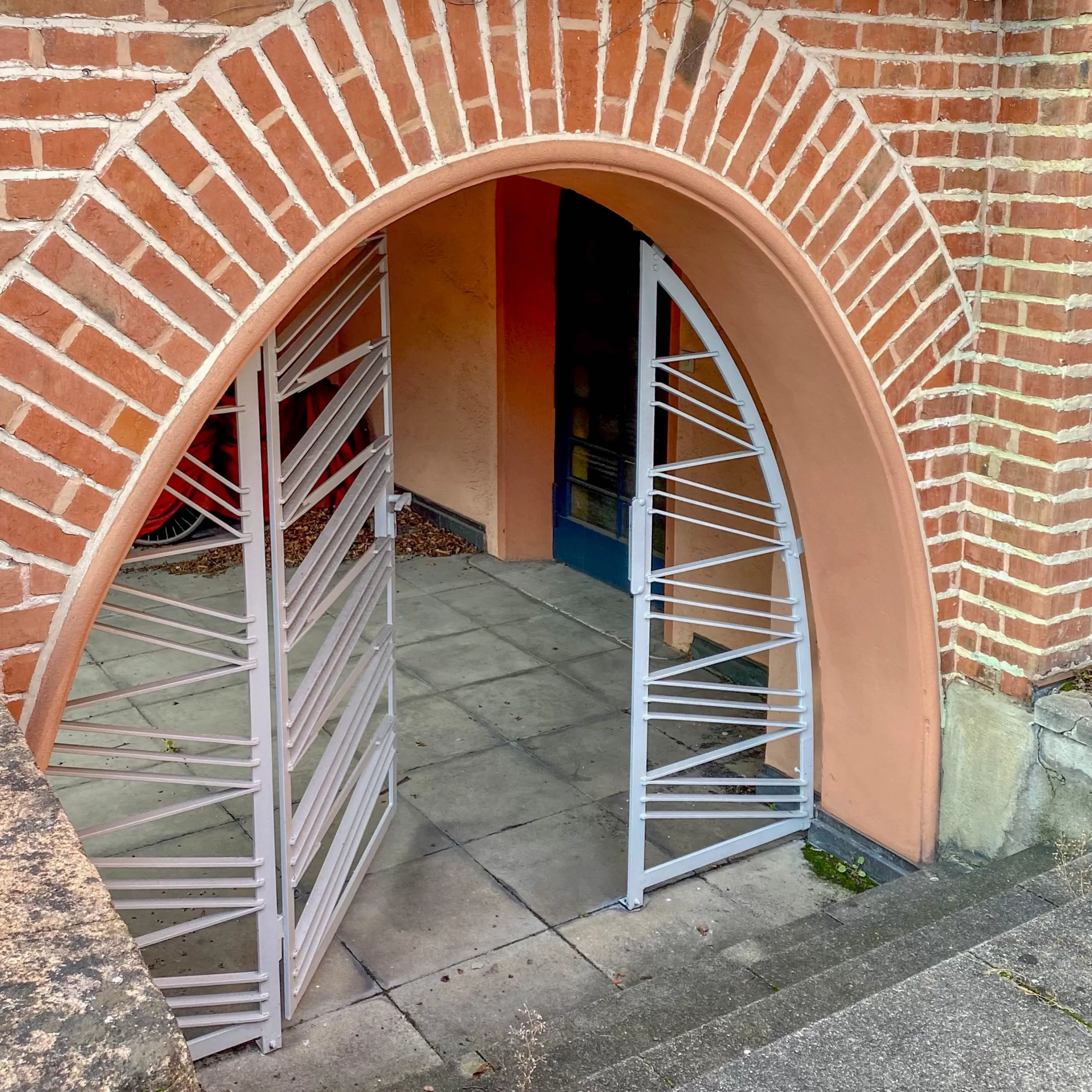
Südkirche, 1925-1926. Architect: Martin Elsaesser. Photo: Daniela Christmann
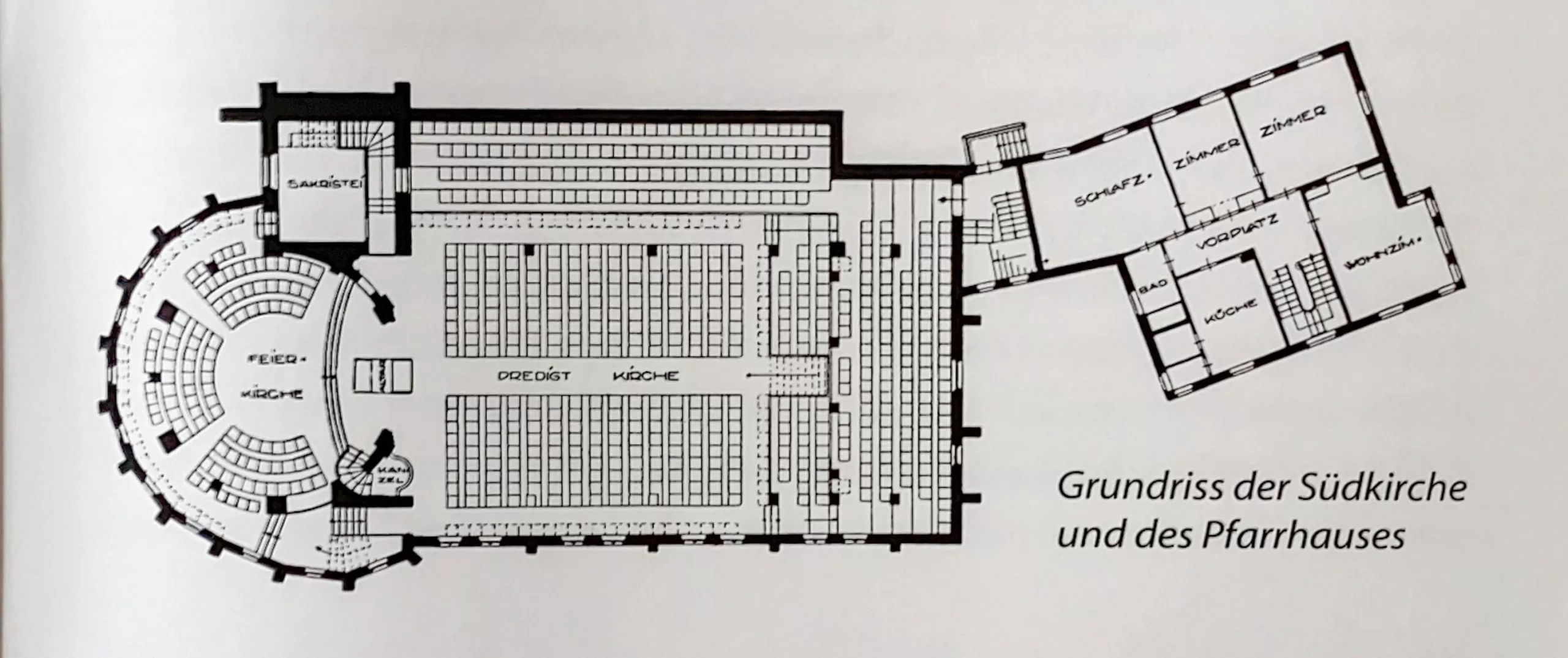
Protestant Südkirche, 1925-1926. Architect: Martin Elsaesser
1919 (Draft) 1925 – 1926 (Construction period)
Architect: Martin Elsaesser
Spitalsteige 3, Esslingen, Germany
The Protestant Südkirche in Esslingen am Neckar was designed by Martin Elsaesser in 1919 and built between 1925 and 1926.
History
In the course of industrialization, through the expansion of textile factories and the founding of a machine factory, Esslingen am Neckar grew beyond the old city center at the turn of the century.
Within the Pliensauvorstadt district, with its predominantly medium-sized businesses, the number of Protestant parishioners grew steadily. In 1909, the first plans were made for a new church building and a church building association was founded.
At the beginning of 1914, the church building association bought a building site at the corner of Spitalsteige and Hohe Straße. The execution of the construction was delayed due to the outbreak of the First World War.
Martin Elsaesser
In 1919 the project was taken up again. Martin Elsaesser, architect and at that time building consultant of the Protestant consistory of Württemberg, was won as an advisor.
The same year, he submitted two designs for the construction of a large and a small church, which, however, were not executed until six years later.
The space of the large church would have had room for 3,000 people. The small church, which was finally realized, had room for 927 worshippers.
Construction
The construction of the church began on May 28, 1925.
Apart from the difficult financial situation due to the prevailing inflation, the difficult ground conditions (sandstone on a layer of marl) and the steeply sloping terrain on the hillside posed problems for the construction engineers.
Because of the necessary securing of the foundation, the construction costs increased fivefold.
Ernst May
In 1925, Elsaesser had to relinquish local construction management due to his calling to Frankfurt am Main.
He was appointed head of the structural engineering department in Frankfurt am Main by the new Frankfurt city building councilor Ernst May and worked on the Neues Frankfurt project.
After some changes to the original design of 1919, the church was finally consecrated in November 1926.
Building
The South Church is divided into a sermon church and a ceremonial church. The ceremonial church has a circular floor plan, while the sermon church has a rectangular floor plan.
From the outside, the division into sermon church and ceremonial church cannot be seen.
The nave of the church, which is built almost entirely of brick on the outside, is situated on the steep slope of the Neckar valley. The first floor of the mountain side corresponds to the first floor of the valley side.
On the first floor, which only has windows at all on the valley side, there are large round-arched windows belonging to the congregation and confirmation hall.
Due to the slope of the structure, the congregation rooms are located on the lower floor and the ceremonial church is lower than the sermon church.
The main portal of the south church is located on its north side. It is crowned by the relief Weary and Burdened by Dorkas Reinacher-Härlin.
Interior
The interior of the sermon church has a simple wooden beam ceiling and is kept in a functional style.
On the south side it is extended by a side aisle with ascending tiers. The walls of the central nave are unplastered and show red brick with gray cement joints. The walls of the side aisle are plastered and decorated with stencil painting.
The ceremonial church is lower than the preaching church. It is located under the organ loft of the sermon church.
The room’s ray vault is made of plaster reinforced with wire mesh. All rays meet at the top in the center of the dome under which the baptismal font stands.
At the transition between the two rooms there is an altar table that can be used from both sides, decorated with a cross made of fluorescent tubes designed by the architect and two spherical crosses.
The walls of the ceremonial church are plastered and decorated with stencil painting.
Kölner Werkschulen
The stained glass windows of the choir ambulatory allow little light to enter the celebration church. The radiant vault on the ceiling emphasizes the solemn character of the space.
The artistic decoration of the church was largely created at the Cologne Werkschulen, of which Elsaesser was director from 1920 to 1925.
Lamps from the Cologne Werkschulen, a crucifixion group by Maria Eulenbruch made of terracotta and three pulpit-bearing angels by Dorkas Reinacher-Härlin decorate the church.
The pulpit bears the text of the Beatitudes from the Sermon on the Mount on terracotta tiles.
Expressionism
With the Protestant Südkirche, designed by architect Martin Elsaesser, Esslingen is home to one of the most important Gesamtkunstwerke of expressionist church architecture in Germany.
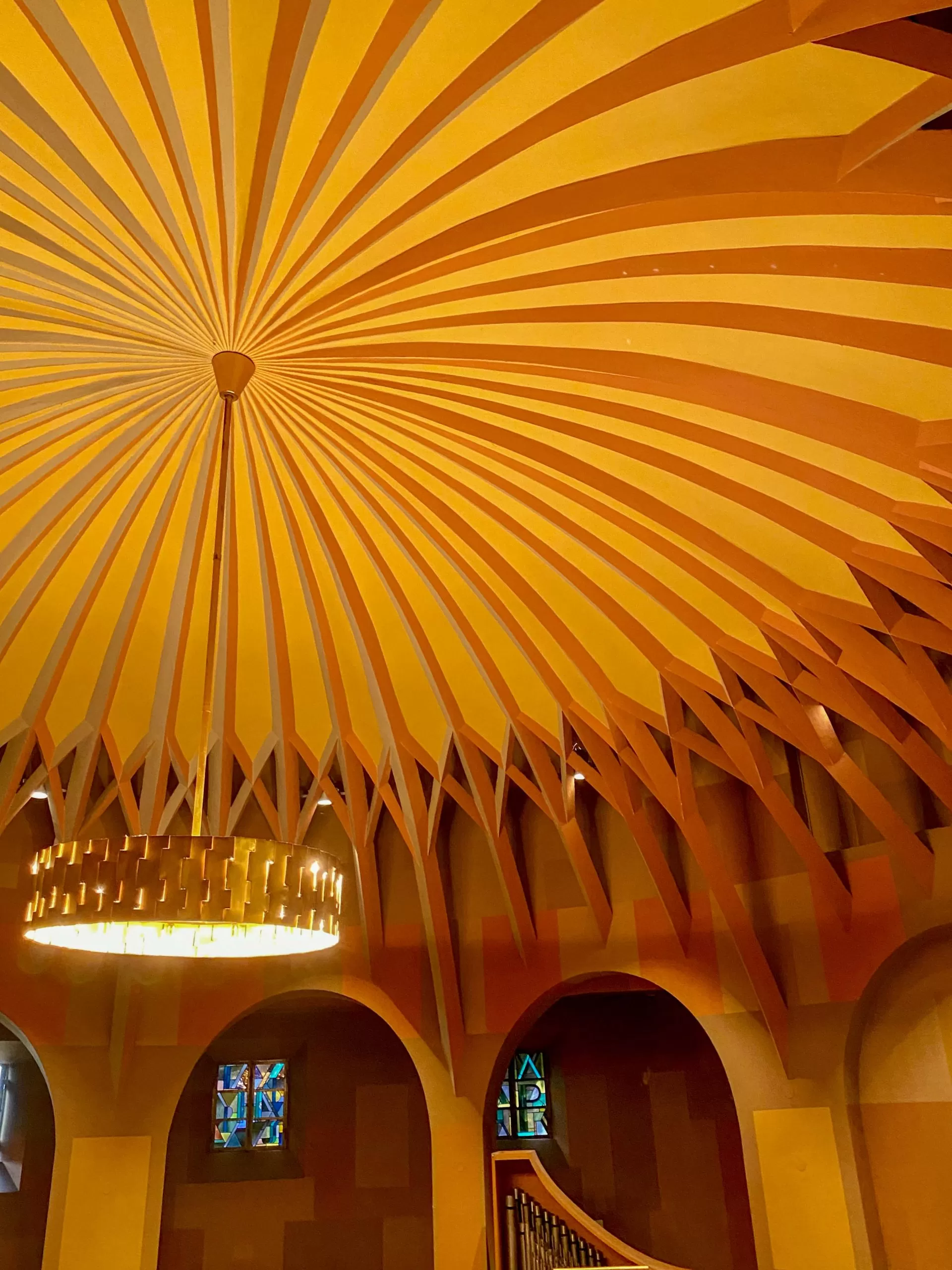
Südkirche, 1925-1926. Architect: Martin Elsaesser. Photo: Daniela Christmann
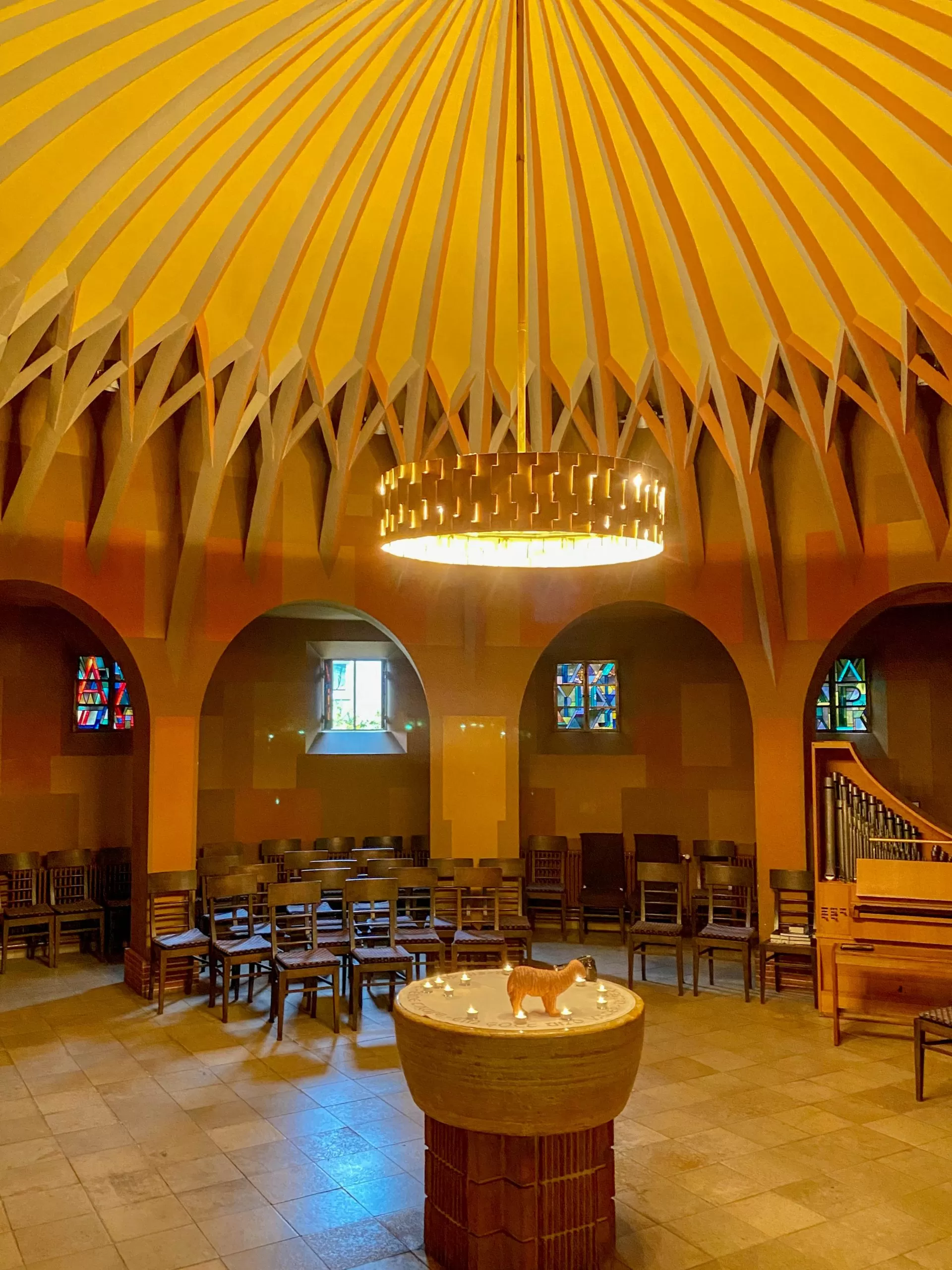
Südkirche, 1925-1926. Architect: Martin Elsaesser. Photo: Daniela Christmann
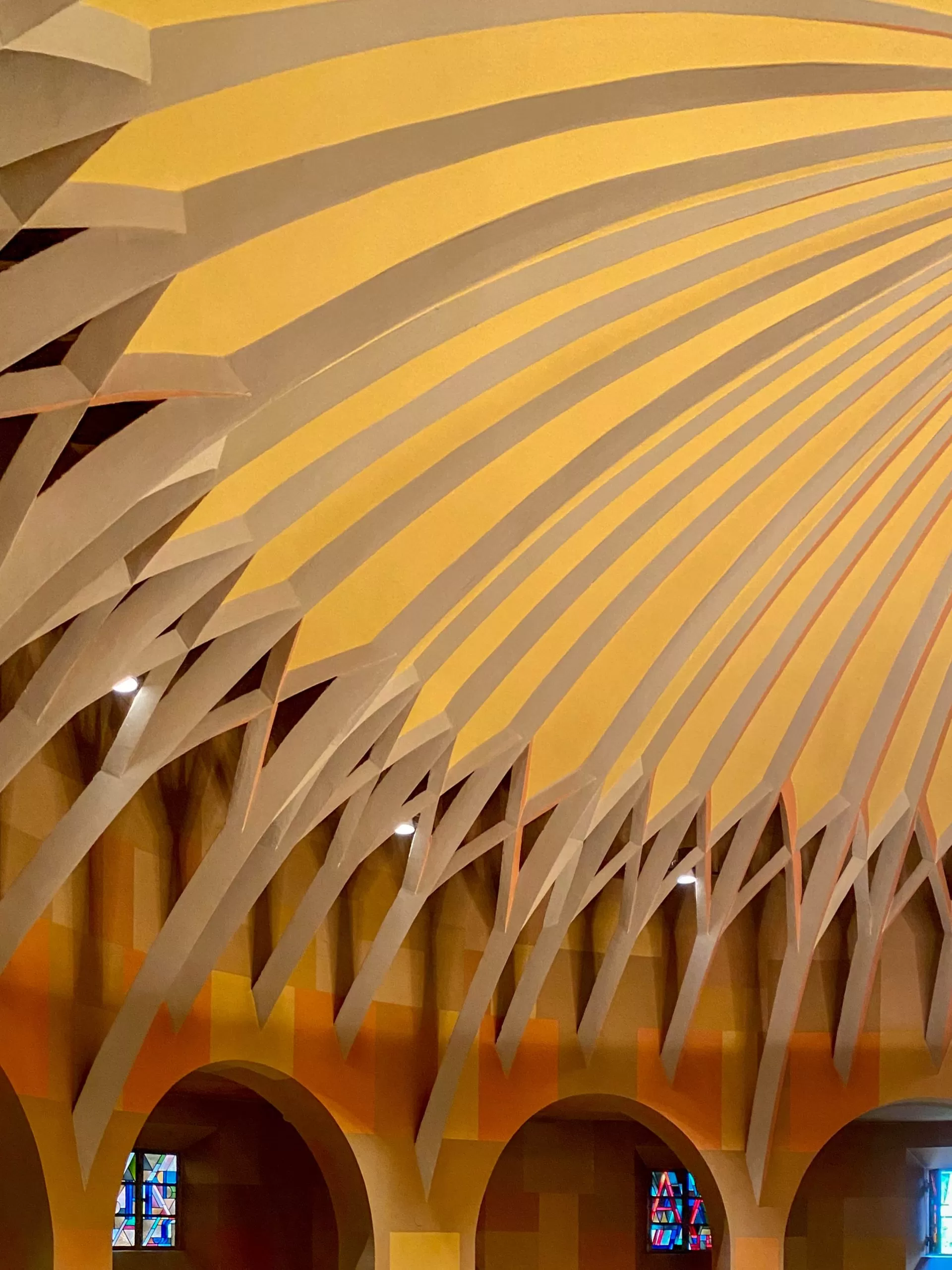
Südkirche, 1925-1926. Architect: Martin Elsaesser. Photo: Daniela Christmann
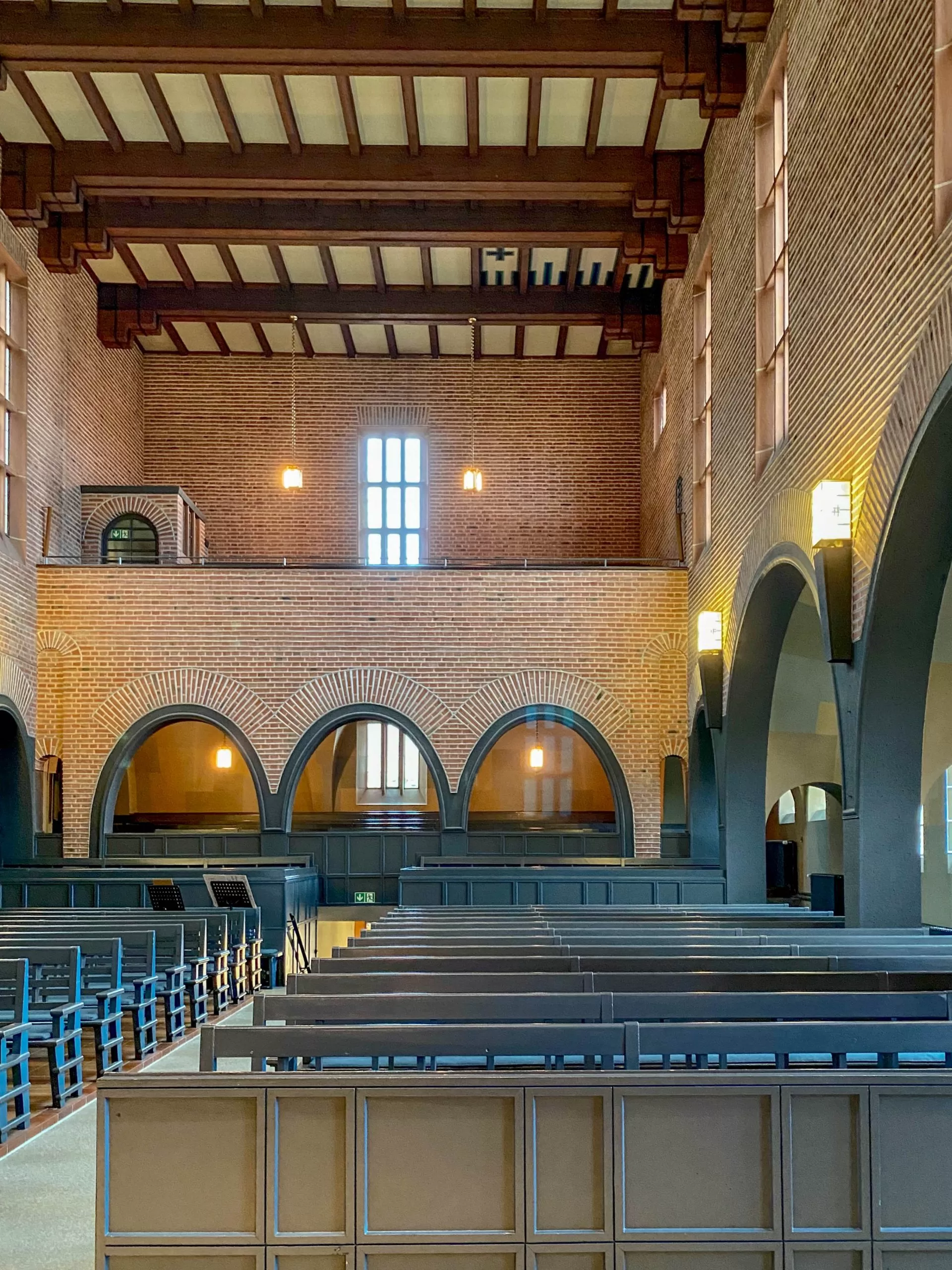
Südkirche, 1925-1926. Architect: Martin Elsaesser. Photo: Daniela Christmann
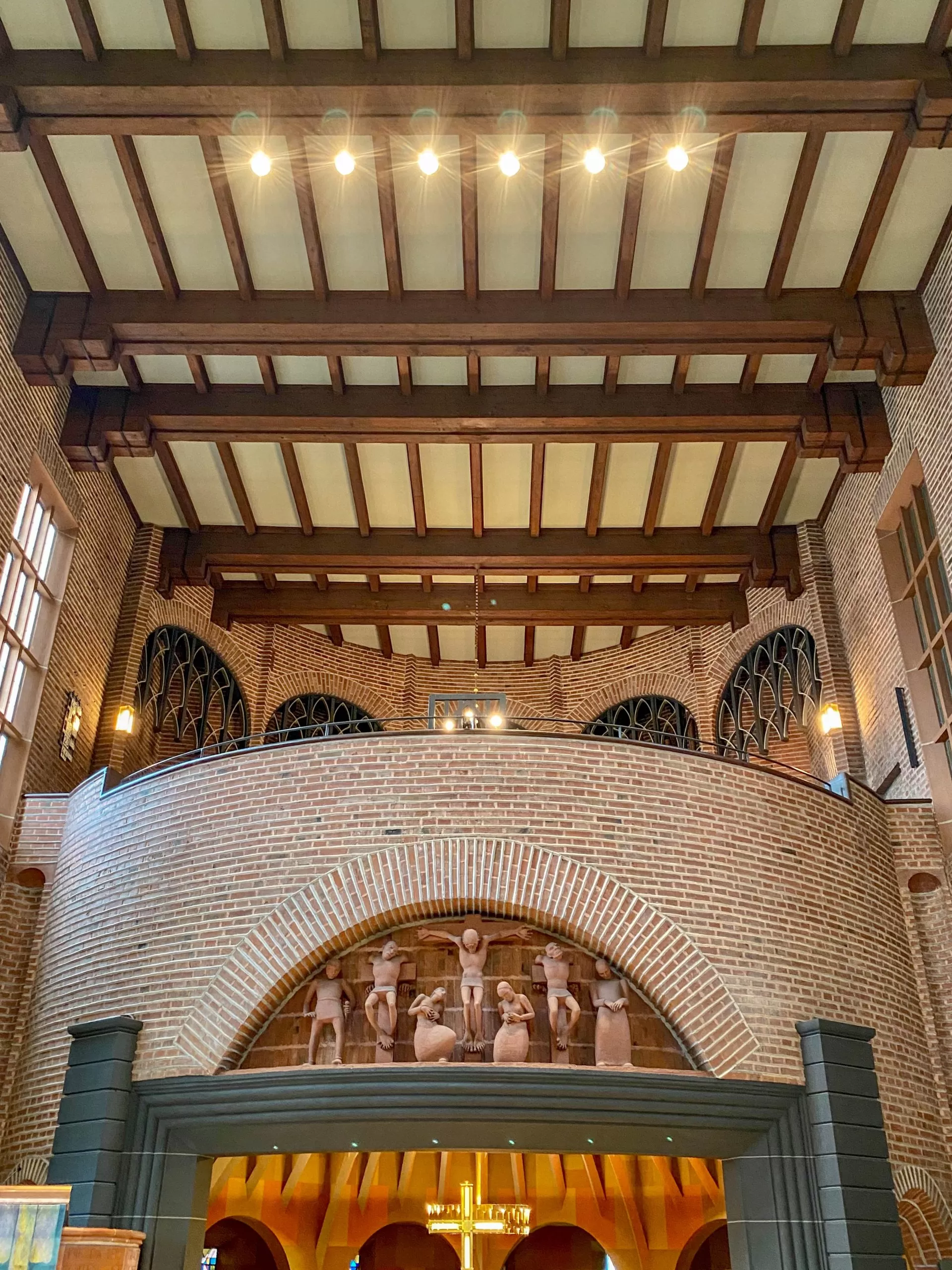
Südkirche, 1925-1926. Architect: Martin Elsaesser. Photo: Daniela Christmann
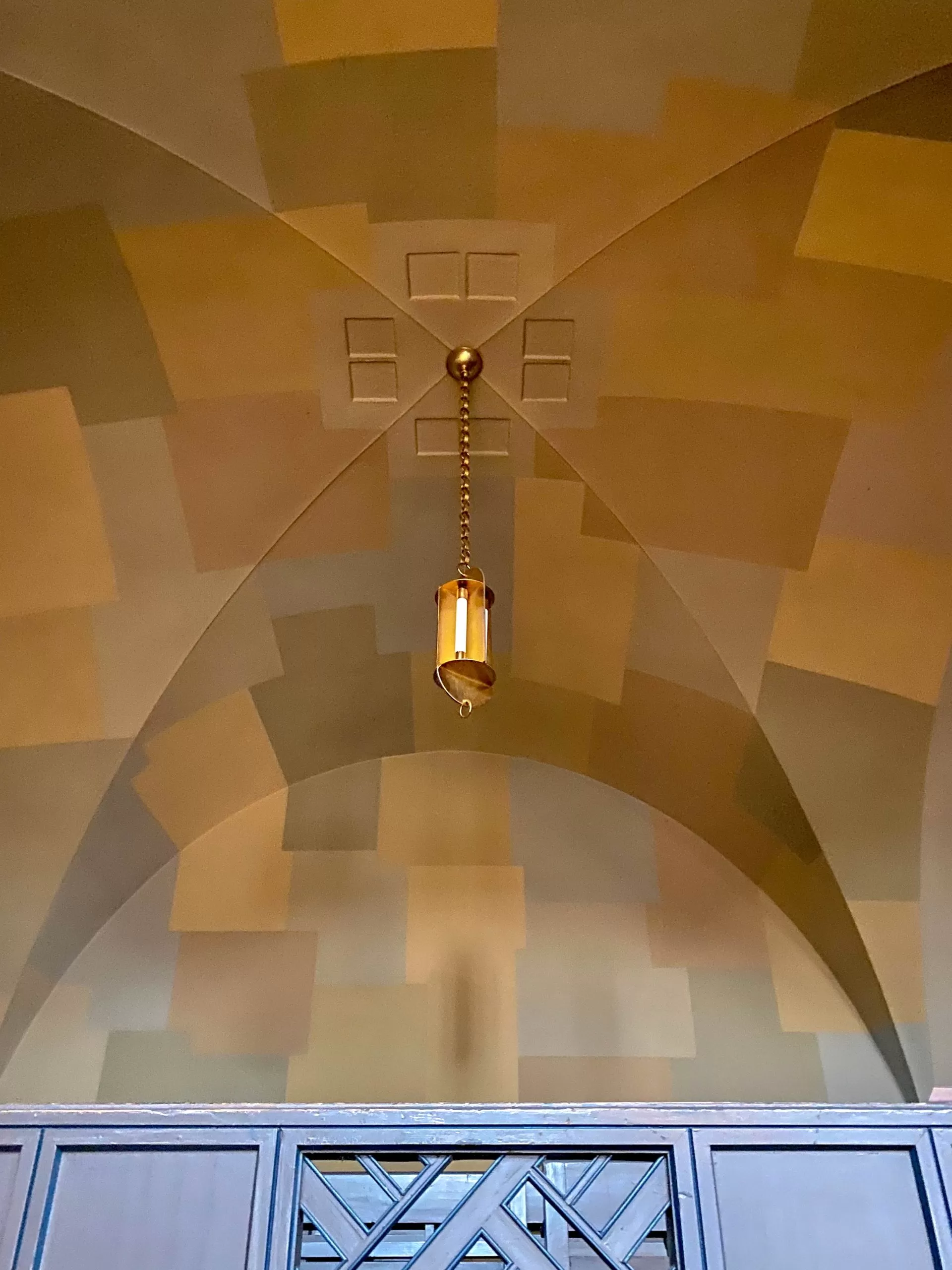
Südkirche, 1925-1926. Architect: Martin Elsaesser. Photo: Daniela Christmann
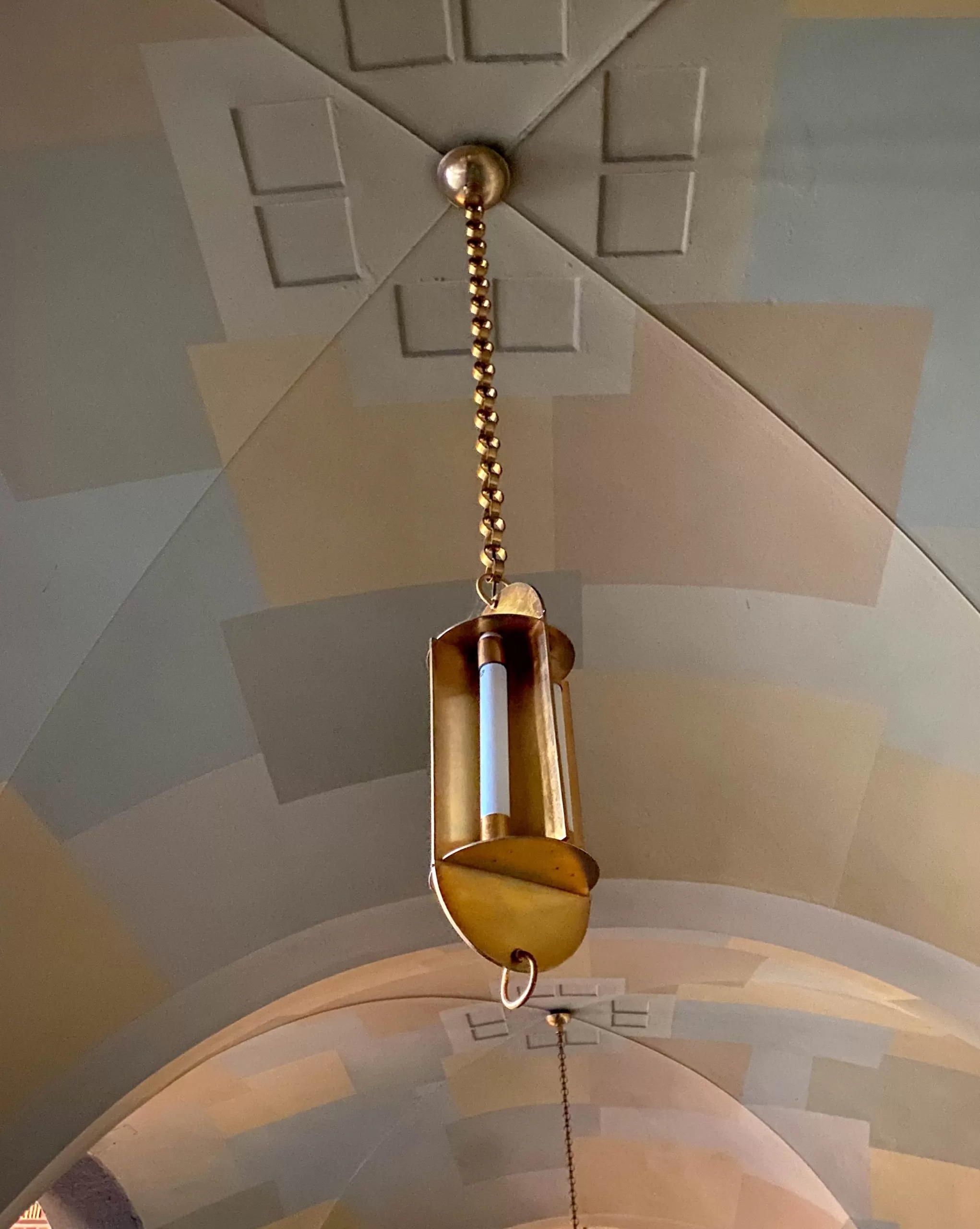
Südkirche, 1925-1926. Architect: Martin Elsaesser. Photo: Daniela Christmann
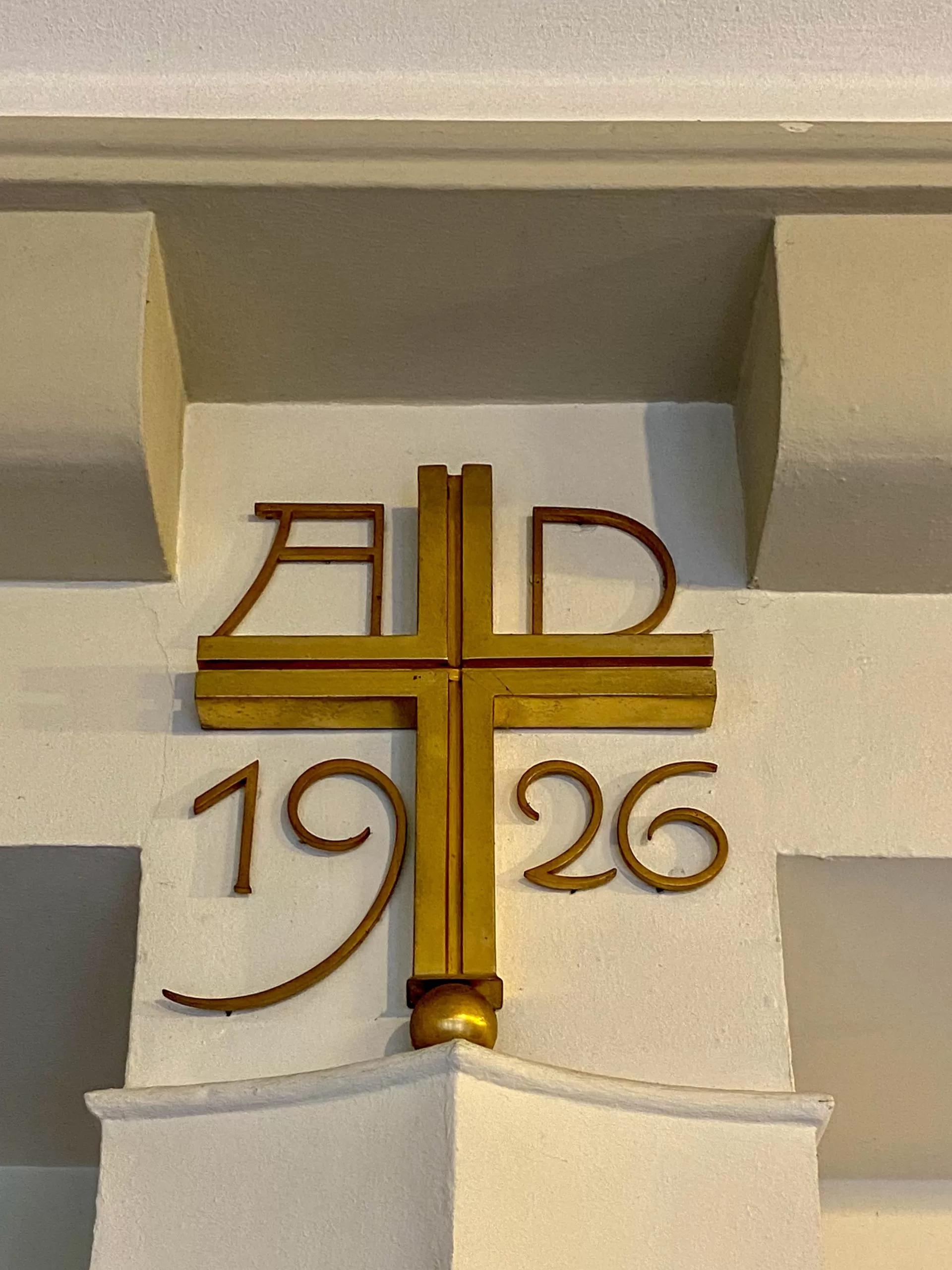
Südkirche, 1925-1926. Architect: Martin Elsaesser. Photo: Daniela Christmann
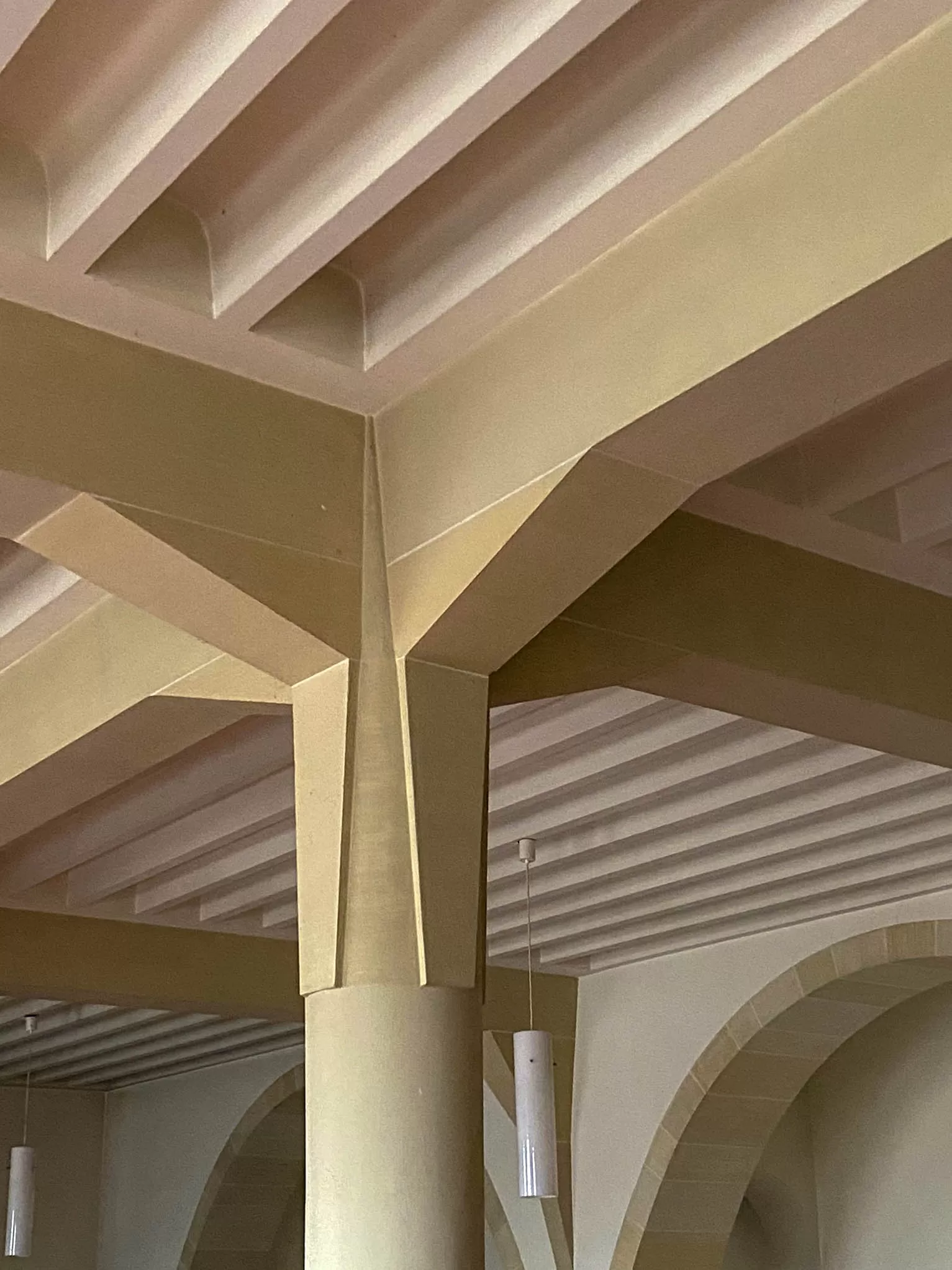
Südkirche, 1925-1926. Architect: Martin Elsaesser. Photo: Daniela Christmann

